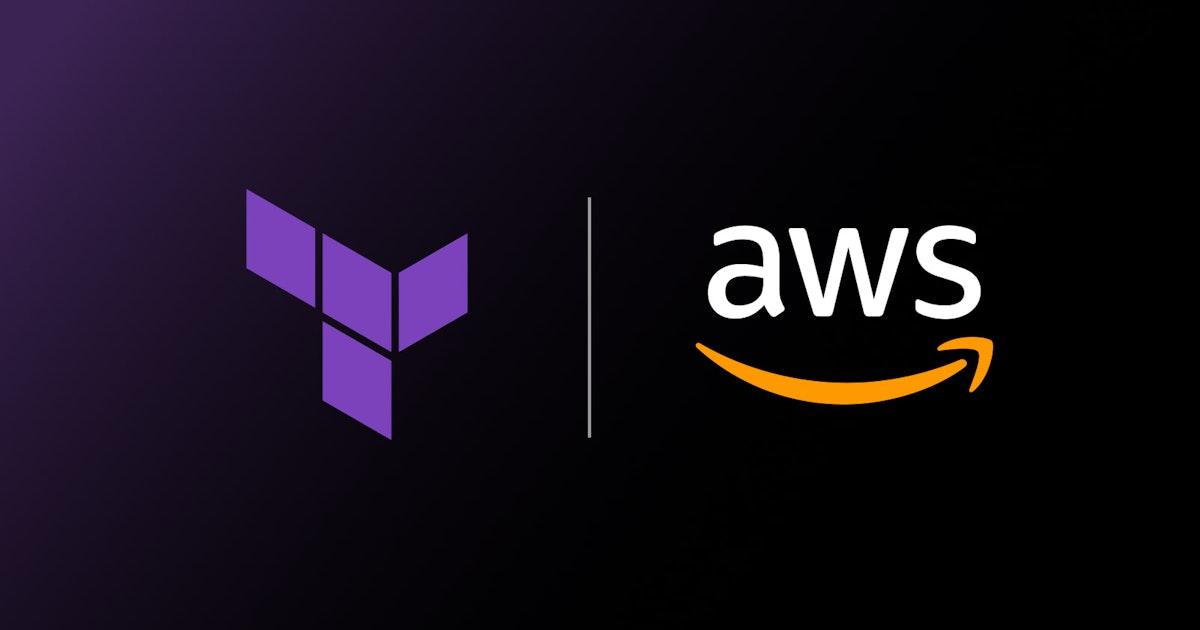Cloud Computing Arrangements – Expense or an Asset?
As businesses invest heavily in cloud computing solutions, the accounting treatment of these investments raises strategic questions. While many accounting standards mandate expensing services as they are incurred, cloud-based solutions, particularly Software as a Service (SaaS), challenge these traditional practices.
Introduction
The rapid evolution of cloud computing has transformed the way companies approach technology investments. At the heart of this transformation is the question of how cloud arrangements should be positioned: as a short-term expense or a valuable, long-term asset. This distinction is critical for financial reporting and strategic decision-making.
Future-Oriented SWOT Analysis
Our strategic analysis evaluates the cloud arrangement debate through a future-oriented lens, focussing on its long-term impact on the industry.
Strengths (Score: 8)
- Flexibility and scalability of cloud services.
- Enhanced innovation through rapid deployment of updates.
Opportunities (Score: 7)
- Potential for accounting standard revisions to consider long-term value.
- Growing demand for cloud solutions amidst digital transformation.
Threats (Score: 6)
- Regulatory uncertainty and compliance challenges.
- Increased competition amongst cloud service providers.
Weaknesses (Score: 5)
- Initial cost perception as a high barrier to entry.
- Complexities in integrating with existing legacy systems.
StrengthsThreatsOpportunitiesWeaknesses
Key Takeaways
- Revisiting accounting treatment for cloud arrangements could redefine them as strategic assets.
- Businesses should balance short-term expenses against long-term benefits.
- A precise approach will enhance strategic positioning and competitive edge.
The full implications of treating cloud arrangements as assets or expenses will continue to unfold, influencing future innovation and accounting practices in the cloud sector.














Discussion